Politics
Prosecutors to seek death penalty for Charlie Kirk’s accused assassin
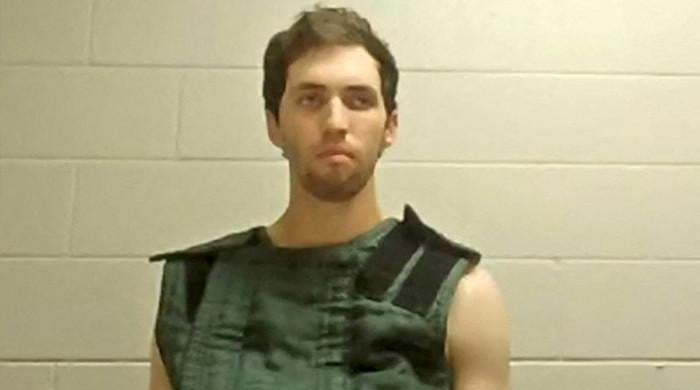
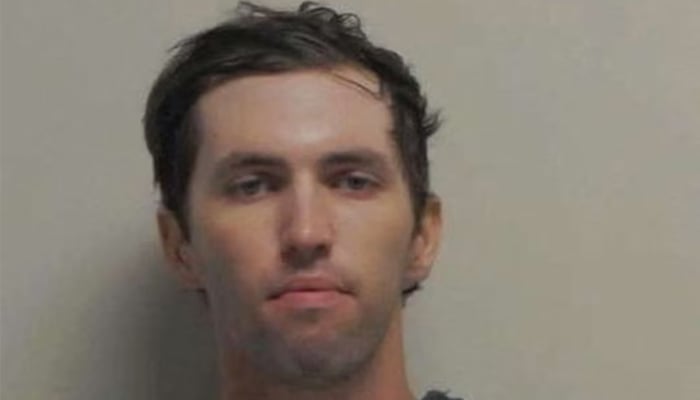
Utah prosecutors vowed on Tuesday to seek the death penalty for the accused assassin of conservative activist Charlie Kirk and revealed new details of their case, including text messages in which he was alleged to have privately confessed to the fatal shooting.
“I had enough of his hatred,” Tyler Robinson, 22, told his roommate and romantic partner when asked why he had committed the murder, according to transcripts of messages attributed to the suspect in court documents filed by prosecutors.
He is accused of firing the single rifle shot from a rooftop that pierced Kirk’s neck last Wednesday on the campus of Utah Valley University in Orem, about 40 miles (65km) south of Salt Lake City.
The office of Utah County District Attorney Jeffrey Gray charged Robinson with seven criminal counts on Tuesday, including aggravated murder, obstruction of justice for disposing of evidence and witness tampering for asking his roommate to delete incriminating texts.
Some politicians, including US President Donald Trump, have called for capital punishment in the case.
At a press conference, Gray said he had made the decision to seek the death penalty “independently, based solely on the available evidence and circumstances and nature of the crime.”
Robinson made an initial court appearance on Tuesday afternoon via video feed from jail, unshaven and wearing a suicide prevention smock. He remained expressionless but appeared to listen attentively as the judge read the charges and informed him that he could face the death penalty.
The defendant spoke only once, when asked to state his name. Finding Robinson unable to afford legal counsel, Utah Fourth District Judge Tony Graf said he would appoint a defence attorney before the next court hearing, set for September 29.
In the meantime, he was ordered to remain held without bond in the Washington County Jail, where, according to a sheriff’s spokesperson, he has been placed under a “special watch protocol” that includes increased supervision.
Kirk’s killing, captured in graphic video clips that went viral online, sparked denunciations of political violence, opens new tab across the ideological spectrum but also unleashed a wave of partisan blame-casting and concerns that the murder might beget more bloodshed.
In court filings, prosecutors highlighted some of their evidence against Robinson, who was at large for more than 30 hours before eventually turning himself in.

Shortly after the shooting, prosecutors said, Robinson sent a text message telling his roommate to “drop what you’re doing, look under my keyboard.” The roommate, whom officials have also described as Robinson’s romantic partner and transitioning from male to female, then found a physical note from Robinson that read: “I had the opportunity to take out Charlie Kirk and I’m going to take it.”
The roommate then asked Robinson in a text reply, “you weren’t the one who did it right????” Robinson responded: “I am, I’m sorry,” according to a transcript of the alleged dialogue.
When the roommate asked why he had shot Kirk, Robinson wrote back: “I had enough of his hatred. Some hate can’t be negotiated out.” He also asserted he had planned the attack for more than a week, prosecutors said.
In later text messages, Robinson said he wished he had gone back and grabbed the rifle that he left in a bush immediately following the killing, noting it had belonged to his grandfather.
“I’m worried what my old man would do if I didn’t bring back grandpas rifle,” he wrote. “I might have to abandon it and hope they don’t find prints.”
DNA found on the trigger of the alleged murder weapon was linked to Robinson, prosecutors said.
Texts to roommates
Robinson, a third-year trade college student, turned himself the next day, after his parents saw images of the gunman and confronted him, according to the filings. Robinson implied that he wanted to take his own life, but his parents persuaded him to meet them at their home, where Robinson indicated he was the shooter.
Robinson ultimately decided to surrender to police after speaking at his parents’ urging with a family friend who is a retired deputy sheriff, prosecutors said.
“I’m much more worried about you,” he wrote the roommate after revealing he would give himself up. He also urged the roommate to delete the messages and to refuse to speak with police or the media.
The roommate, who was not identified in court papers, is cooperating with authorities, officials have said.
Robinson’s mother told police that over the past year her son had grown more left-leaning and more “pro-gay and trans-rights oriented,” the charging document said.
The relationship with his roommate also led to “discussions” with relatives including his father, who holds “very different political views” from the suspect, according to the document.
Prosecutors added aggravating factors to the murder and firearm charges, alleging Robinson targeted Kirk based on political views and knew children would witness the killing. Under state law, only aggravated murder can carry the death penalty.
Kirk, 31, co-founder of the conservative student movement Turning Point USA and a key Trump ally, was speaking at an event attended by 3,000 people when he was gunned down.
Civil rights advocates have long criticised Kirk for rhetoric disparaging various marginalised groups, including Blacks, Muslims, immigrants, women and transgender people, and for embracing Trump’s unsubstantiated claims of a stolen election in 2020.
Kirk’s supporters describe him as a staunch defender of conservative values and a champion of public debate who galvanised young voters through Turning Point, shaping the MAGA movement’s appeal to Gen Z voters.
Top administration officials have threatened to go after left-wing organisations in the wake of the assassination, which Trump blamed almost immediately on the “radical left.” Critics have expressed concern that Trump may use the killing as a pretext to crack down on his political opponents.
Roughly two out of three Americans believe that harsh rhetoric common in politics is encouraging violence, according to a Reuters/Ipsos poll, opens new tab conducted in the days following Kirk’s murder.
Politics
Turkey to convene Muslim nations on Gaza’s future
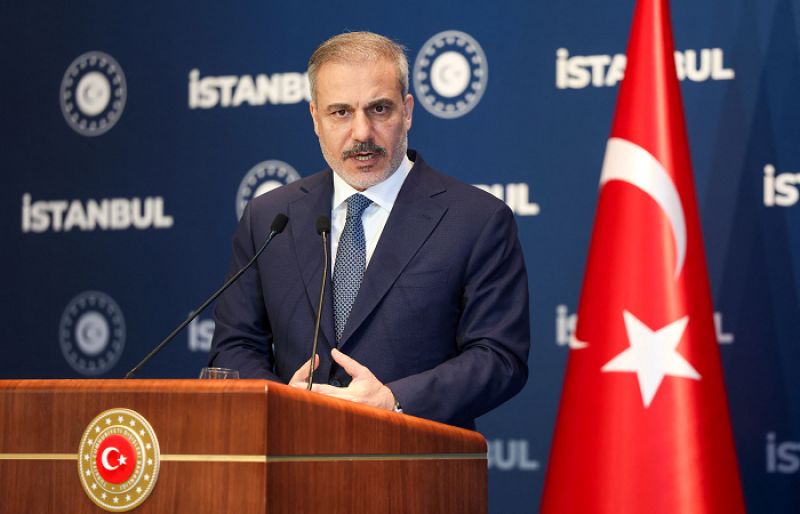

Turkey will on Monday engage leaders from the Islamic world to leverage their influence over Gaza’s future, amid growing concerns about the stability of a ceasefire that has lasted just a few weeks.
The truce, brokered on October 10 by US President Donald Trump to end the two-year-long Israel-Hamas conflict, has been increasingly fragile, challenged by ongoing Israeli strikes and reports of Palestinian attacks on Israeli forces.
Turkey, one of the most vocal critics of Israel’s Gaza offensive, will host the foreign ministers of Saudi Arabia, Qatar, the United Arab Emirates, Jordan, Pakistan, and Indonesia in Istanbul on Monday.
These senior diplomats had previously been consulted by Trump in late September during the UN General Assembly in New York, shortly before he unveiled his plan to halt the fighting in Gaza.
According to Turkish foreign ministry sources, Ankara plans to urge the visiting ministers to support measures that would allow Palestinians greater control over Gaza’s security and governance.
On the eve of the meeting, Turkey’s Foreign Minister Hakan Fidan also received a Hamas delegation led by Khalil al-Hayya, the movement’s chief negotiator.
“We must end the massacre in Gaza. A ceasefire in itself is not enough,” Fidan said, arguing for the two-state solution to the intractable Israeli-Palestinian conflict.
“We should recognise that Gaza should be governed by the Palestinians, and act with caution,” he added.
Turkey-Israel tensions
Besides its denunciations of Israel, Turkey has been instrumental in backing Hamas. Fidan, who has accused Israel of seeking excuses to break Trump’s truce, is also expected to repeat calls for Israel to allow more humanitarian aid into Gaza, which is wracked by hunger and tens of thousands of deaths from the Israeli army’s offensive.
Yet Israel has long viewed Turkey’s diplomatic overtures, including towards Trump, with suspicion as a result of the country’s closeness to Hamas.
Israeli leaders have repeatedly voiced their opposition to Turkey, a NATO member with one of the region’s most credible militaries, having any role in the international peacekeeping force mooted for Gaza.
Under Trump’s plan, that stabilisation mission is meant to take over in the wake of the Israeli army’s withdrawal from the Palestinian territory.
A Turkish disaster relief team, sent to help efforts to recover the many bodies buried under Gaza’s rubble — including those of Israeli hostages seized by Hamas — has likewise been stuck at the border because of the Israeli government’s refusal to let them in, according to Ankara.
Politics
Israel receives bodies of three more Gaza hostages
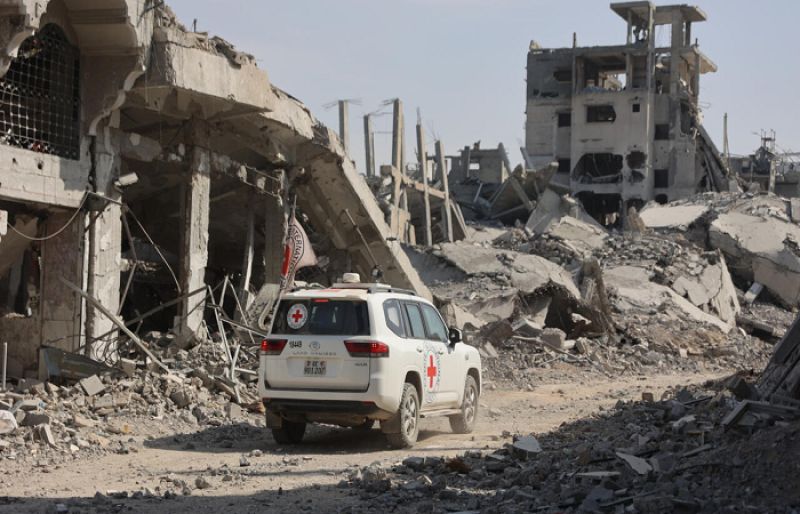

Israel announced on Sunday that it had received the remains of three additional captives from Hamas as part of the ongoing hostage-prisoner exchange under the US-brokered Gaza ceasefire agreement.
The fragile truce, in place since October 10, has largely held despite occasional flare-ups, with the deal focusing on the return of all Israeli hostages, both alive and deceased.
“Israel has received, through the Red Cross, the coffins of three fallen hostages, which were handed over to IDF and Shin Bet forces inside Gaza,” said the Prime Minister’s Office.
A spokesperson for Israel’s Health Ministry confirmed that the bodies had arrived at a national forensic center for identification and investigation into the circumstances and causes of death. Experts will then meet with the families of the deceased to discuss the findings.
Hamas’s armed wing reported that the remains were found earlier Sunday “along the route of one of the tunnels in southern Gaza.”
At the time of the ceasefire, Hamas was holding 48 hostages in Gaza, including 20 confirmed alive.
Since the truce, the group has released the surviving captives and begun handing over the remains of 28 deceased hostages, of which 17 have been returned so far—including 15 Israelis, one Thai national, and one Nepali.
Israel has accused Hamas of delaying the return of the bodies, while the Palestinian group maintains that many remains are buried under Gaza’s rubble, slowing the process.
Hamas has repeatedly requested mediators and the Red Cross to provide equipment and personnel for body recovery.
Hamas spokesman Hazem Qassem stated that Sunday’s handover demonstrated the group’s ongoing efforts to return the bodies as quickly as possible.
Meanwhile, an Israeli campaign group representing hostage families urged the government to act decisively to ensure all deceased hostages are returned.
“The Hostage Families demand that the prime minister act with determination to ensure Hamas fulfills its commitments under the agreement and returns all deceased hostages to Israel,” said the Hostages and Missing Families Forum.
Life is impossible
In addition to returning the bodies of the 17 hostages, Hamas has also handed over partial remains of a hostage whose body was recovered by the Israeli army last year.
That incident sparked outrage in Israel, which accused Hamas of violating the ceasefire agreement by returning only partial remains instead of a complete body of another hostage.
“We call for the return of all 11 deceased hostages who have still not been returned to Israeli soil,” Inbal Bachar, aunt of Sahar Baruch, whose remains were handed over earlier this week, said during Baruch’s funeral on Sunday.
“We cannot continue our lives until they all return,” she said, according to a statement issued by the forum.
In Gaza, Palestinians have been hoping that an Israeli military withdrawal will follow the truce and bring an end to their ordeal.
“We want the second phase of the agreement to begin so that we can return to our homes,” said Naif al-Sulaibi, a resident of Jabalia in northern Gaza.
“As long as the Yellow Line and the army remain here, life is impossible and conditions will stay unbearable,” he added, referring to the de facto boundary marking Israeli military positions inside Gaza.
The implementation of the second phase of US President Donald Trump’s ceasefire plan has yet to be agreed, particularly as it concerns disarming Hamas, establishing a transitional authority and deploying an international stabilisation force in Gaza.
Politics
Why is Afghanistan so prone to earthquakes?
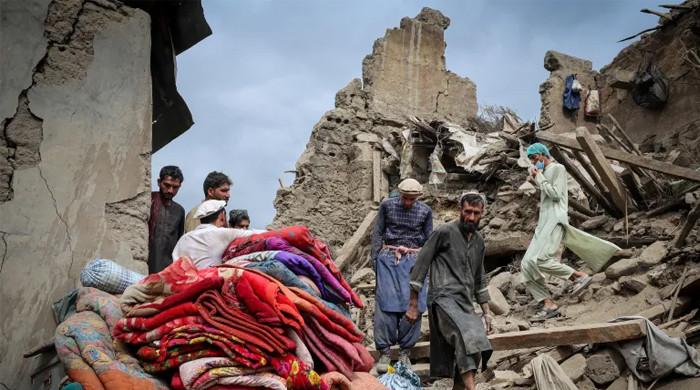
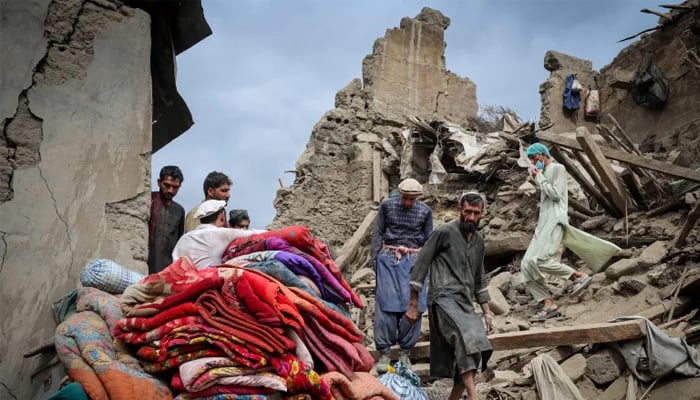
A 6.3-magnitude earthquake struck near the northern Afghan city of Mazar-e Sharif early on Monday, killing at least 10 people and injuring about 150, just months after a quake and strong aftershocks killed more than 2,200 people at the end of August.
Here is a look at why the war-shattered South Asian country experiences frequent tremors, and how their impact can be reduced:
Are earthquakes common in Afghanistan?
Hemmed in by rugged mountains, Afghanistan is prone to a range of natural disasters, but its earthquakes cause the most fatalities, killing about 560 people on average each year and causing annual damages estimated at $80 million.
Studies indicate at least 355 earthquakes with a magnitude higher than 5.0 have hit Afghanistan since 1990.
Why is Afghanistan prone to tremors?
Afghanistan is located on the edge of the Eurasian tectonic plate, which shares a transgression zone with the Indian plate — implying the two may converge or brush past each other — and is also influenced by the Arabian plate to its south, creating one of the world’s most tectonically active regions.
The northward movement of the Indian plate and its thrust against the Eurasian plate is usually responsible for Afghanistan’s numerous quakes.
Which areas are vulnerable?
Eastern and northeastern Afghanistan, especially regions along its borders with Uzbekistan, Tajikistan, and Pakistan, are particularly prone to earthquakes.
This includes heavily populated Kabul, which has the highest average estimated damage due to earthquakes, amounting to $17 million every year, according to a study.
Earthquakes are also particularly dangerous in Afghanistan’s mountains where they can trigger landslides, exacerbating loss of life and property.
Which were Afghanistan’s worst earthquakes?
Afghanistan has recorded around 100 “damaging” earthquakes since 1900.
Among the worst in recent years was a magnitude 6 quake in 2022 that killed 1,000 people. Multiple quakes in one month in 2023 together killed 1,000 people and destroyed entire villages.
One of Afghanistan’s largest earthquakes, with a magnitude of 7.5, struck in 2015, killing 399 people in Afghanistan, Pakistan and India.
Some of the greatest devastation was seen in 1998 as two earthquakes shook Afghanistan within three months – the first killing 2,300 people and the second 4,700.
How can the country build resilience?
Studies recommend new structures be built in an earthquake-resistant way and existing buildings be retrofitted to reduce chances of collapse.
Better monitoring and early warning systems must also be created for more timely alerts, while fault lines should be mapped using geospatial and remote sensing technologies to enable relocation of people in vulnerable areas, they suggest.
-

 Tech1 week ago
Tech1 week agoWhy electricity costs so much in the UK (it’s not all about the weather)
-

 Business1 week ago
Business1 week agoOne in three Manhattan condo owners lost money when they sold in the last year
-

 Politics1 week ago
Politics1 week agoStates, world leaders must act to end impunity for crimes against journalists: IPI
-

 Tech6 days ago
Tech6 days agoOpenAI says a million ChatGPT users talk about suicide
-

 Sports1 week ago
Sports1 week agoGiants-Eagles rivalry and the NFL punt that lives in infamy
-

 Tech5 days ago
Tech5 days agoAI chatbots are becoming everyday tools for mundane tasks, use data shows
-

 Tech5 days ago
Tech5 days agoHow digital technologies can support a circular economy
-

 Tech1 week ago
Tech1 week agoWhat’s the Best Mattress for Sex? Our Reviewers Lay It Out for You






